Even though thousands of metallocenes – sandwich molecules with a central metal atom – exist, only now has a sandwich structure containing two different metal atoms been synthesised. This new research provides a deeper understanding of the underlying chemistry of these complex bonds and offers a blueprint to stabilise other similar theorised compounds.
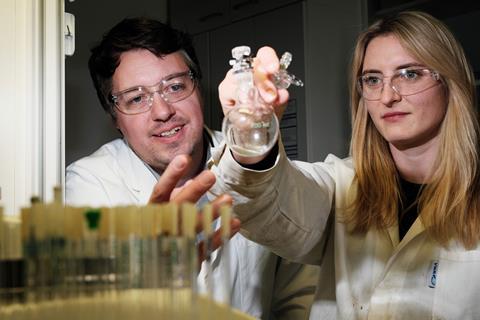
Metallocenes comprise two cyclopentandienyl anions (Cp-) bound to a metal centre. Ferrocene is the archetypal metallocene where each Cp ligand forms five metal bonds with the iron centre via overlapping π orbitals. Other transition metal ions also form metallocenes similar to ferrocene including nickel, ruthenium and osmium. The stability of these structures varies with the metal and its oxidation state, with the greatest stability achieved when the electronic configuration resembles a noble gas.
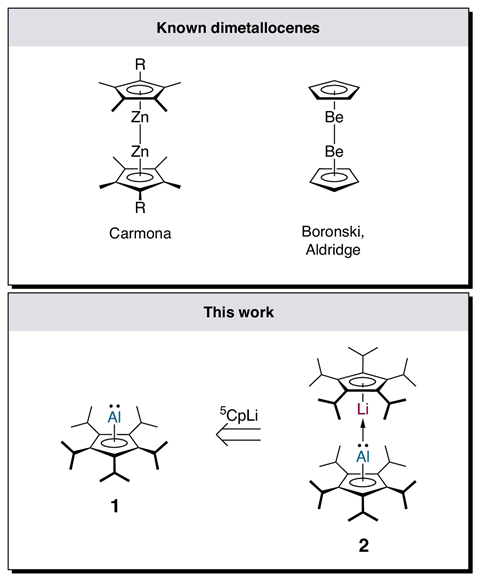
A discovery in 2004 changed what chemists thought they knew about metallocenes. A team from the University of Seville synthesised the first ‘dimetallocene’ – a very rare sandwich molecule containing two zinc atoms. Scientists then began to theorise what conditions were needed to create these structures and predicted that stable dimetallocenes with two different metal centres were possible. However, for nearly 20 years this zinc dimetallocene was the only one of its kind until researchers in the UK created a dimetallocene with two beryllium ions last year.
Now, Inga-Alexandra Bischoff, a PhD student from Saarland University, Germany, has synthesised a two-metal atom sandwich structure – a ‘hetero bimetallic dimetallocene’ featuring aluminium and lithium – for the first time. ‘We started to work with the five Cp ligands in combination with aluminium and then more or less by accident we discovered that it can make this dimetallocene,’ says André Schäfer, lead author of the study.
They were attempting to react lithium with the pentaisopropylcyclopentadienyl (5Cp) ligand with an aluminium precursor to form (5Cp)aluminylene to study aluminium(I) compounds, but the conversion was not 100%. ‘Because there was a little bit of the starting material left [with] the product, [the lithium and aluminium] formed this dimetallocene and this new product is very crystalline, so when you store it, it crystallises very well,’ explains Schäfer. NMR analysis of the white powder showed that both aluminium and lithium were present as a dimer and, with careful refinement, they were able to synthesise the heterobimetallic dimetallocene on purpose.
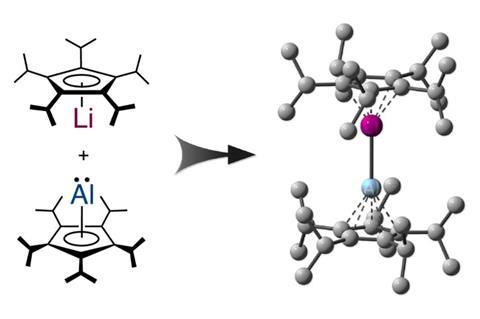
‘It shows the nuances of chemical bonding,’ says Josef Boronski, who worked on the beryllium–beryllium structure at the University of Oxford. ‘You have three complexes: [you‘ve] got zinc, [you’ve] got beryllium and now this new dimetallocene. Superficially, they would have all similar chemical bonding.’
Isoelectronic compounds, especially zinc ones, have stronger bonding so the metal–metal bond is not easily cleaved – ‘whereas ours is a very weak metal–metal bond and anything that you throw at it will cleave the bond’, says Schäfer. The heterometallic bond is governed by weak attractive dispersion interactions rather than the strong orbital overlapping that is observed with homometallic dimetallocenes.
‘I assume that it will be very interesting to the theoretical chemistry community,’ says Schäfer. He hopes that their research will lead to more calculations on similar metallocenes, while they continue their experimental work to isolate theoretically predicted compounds.
References
IA Bischoff et al, Nat. Chem., 2024, DOI: 10.1038/s41557-024-01531-y



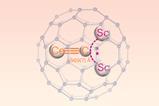
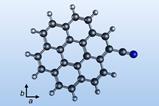
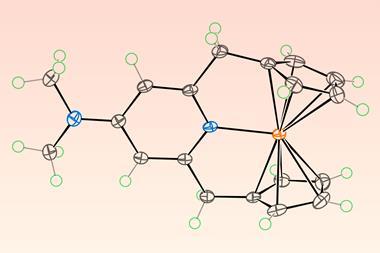
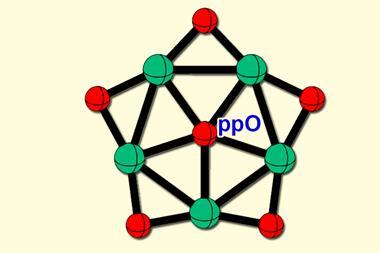
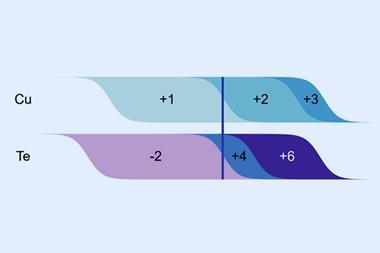

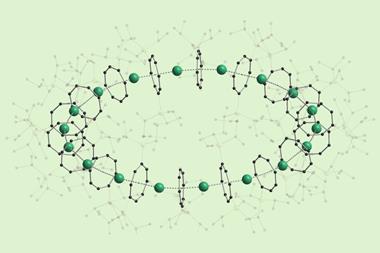







No comments yet